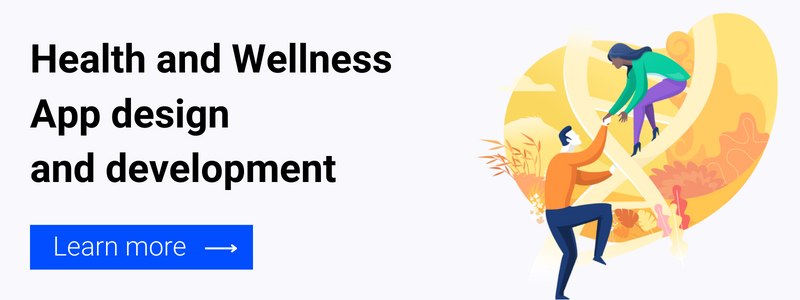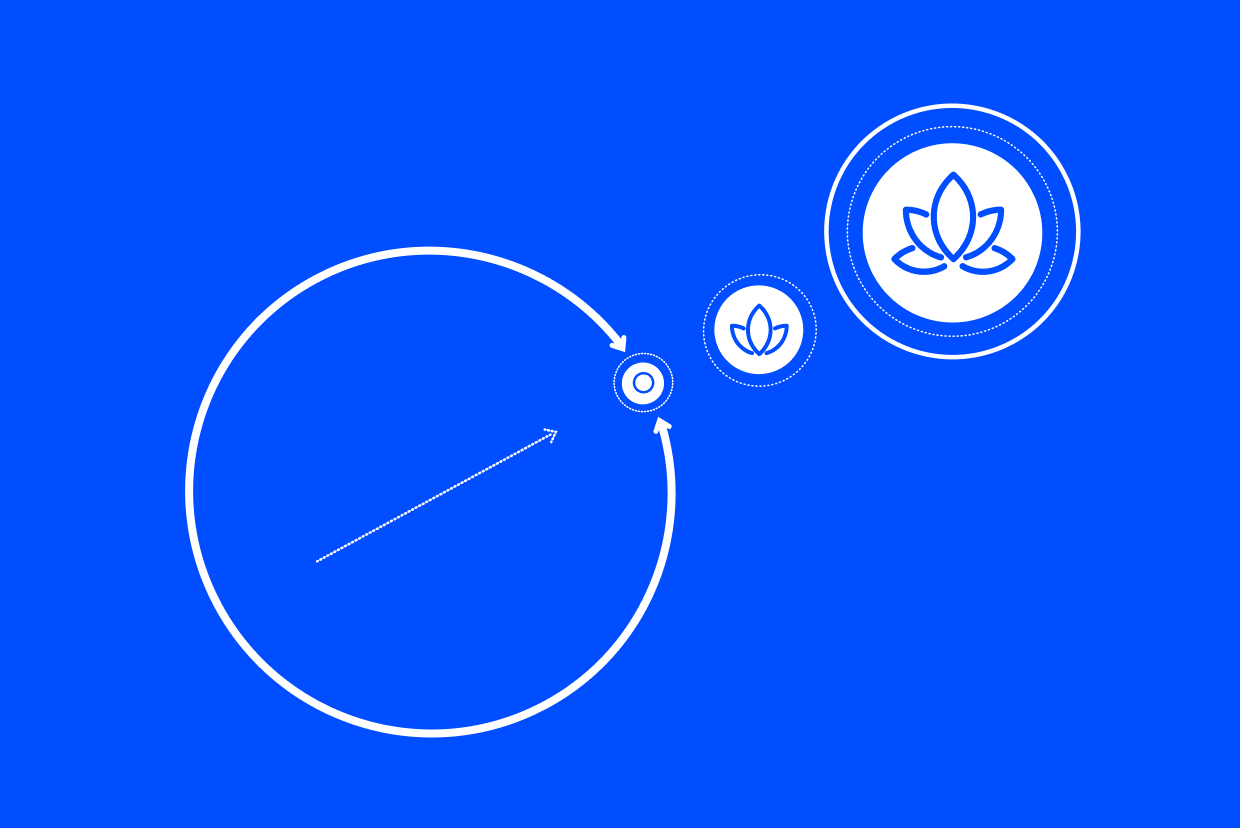The health and wellness apps market
People are using their mobile devices more than ever before to track their health and monitor special conditions. In fact, a consumer survey found that the number of smartphone users aged 18-29 with a health and wellness app installed has more than doubled in just two years (78 million U.S. adults in 2015 vs. 35 million in 2014).
And this may be just the beginning: A recent study by Huazhong University of Science and Technology predicts that in the next few years, digital wellness apps will be embedded into almost all wearables and connected devices like home appliances, cars and smart clothing, which will in turn drive adoption of such services among consumers to approximately 800 million users globally.
Good design and user experience are essential for any type of app — including those focused on personal health and wellness — so don’t let a lack of coding knowledge keep you from testing the waters with your own app idea. Here are some best practices to keep in mind while developing your next health and wellness app.
Best practices for creating health and wellness apps
Have a clear direction in mind
First, decide how exactly your digital product is going to help people take care of their wellbeing: Why do people need this product or service? And who is it made for?
Start with the most common issues your patients are facing and think about your strongest sides as a mental health provider - do you specialise in mental health disorders or do you lean towards general self-improvement advice?
Don’t try to cater for everyone right away, think about specific subgroups that will find your product the most useful.
Do proper research
Make sure you research what is available on the market right now and what you are up against - chances are someone has done something similar already. This might also be a source of inspiration.
With a solid research and a deep understanding of the market, it will be much easier to find an unmet need or a profitable niche to focus on. Having a clear business plan also means researching and devising a plan on how your app is going to bring profit, i.e. setting up your own monetisation strategy.
Choose key features and functions
Once you set your product’s business plan, you can start putting down a wish-list of key features. Don’t overdo it, though - having too many features would make your app bulky and harder to navigate.
The more features you have, the more expensive your app would cost to develop - so focus only on those features that make the most sense for your users. Some features might look good on paper, but if only a small percentage of your users find them useful, it doesn’t make sense to invest money in them in the first place. Check out our list of the most common features for health and wellness apps.
Start small and expand
Start small and expand. Sounds easy, right? We call this having an MVP mindset - it means focusing on core elements of a product that appeal to early adopters, then building up from there as customer feedback starts coming in. This mindset is about minimising wasted effort - not developing features that are not yet proven to be of value.
This is the faster and most cost-effective route to market for your digital wellbeing app, and the one we would recommend if you are just starting with your business.
Test, test, test
Protoype an early version of your product and test it with users - this will let gather validated learning about customer with the least effort. And if the prototype doesn’t work - you will fail early and, most importantly, inexpensively.
Many companies combine testing with UX audits for their first releases to check wether the product meets user needs and market demand. A UX audit could also be helpful in identifying core problems in a product and user drop-off points.
Think human-centric
UX design is greatly influenced by behavioural science research about why people make certain decisions. When it comes to wellbeing apps, each design element from colours, font type, shapes, and tone of voice can influence how a person perceives the app. Being human-centric, means taking into account specific user needs and backgrounds when designing your app.
For example, if you are creating a mental health platform, choosing a colour palette with intense, high contrasting colours is probably not a good idea, as it might put extra strain on their eyes and minds. Similarly, a too playful tone of voice might give the impression of downsizing the importance of the subject.
Engage users consistently
People often struggle with creating and sticking with new habits, so its crucial to provide your users with small, actionable, easy steps to do that on a regular basis. Remind users to stay on track by implementing push notifications and reminders. Don’t just settle for “this is your daily reminder to use our app”, take your push notifications to the next level.
Headspace’s push notifications are inspirational quotes to prompt you to meditate, such as:
“Every time your phone vibrates or pings today, pause and follow one breath before looking at it.”
“Meditation and life are not separate. Meditation simply helps us to see and understand it more clearly.
The bottom line
As users are becoming more conscious about their health and wellness, apps that cater to this interests are also booming in popularity. Judging by the numbers of users and apps, now is the right time to develop a health and wellness app, before the market becomes oversaturated.
We’ve been creating health and wellness apps for the last 14+ years, and we know that solving health needs of both and end-users and business owners through technology requires a tailored approach. If you have an idea for a healthcare mobile app startup and are looking for a development partner, we’d be happy to help. 

1.png)




